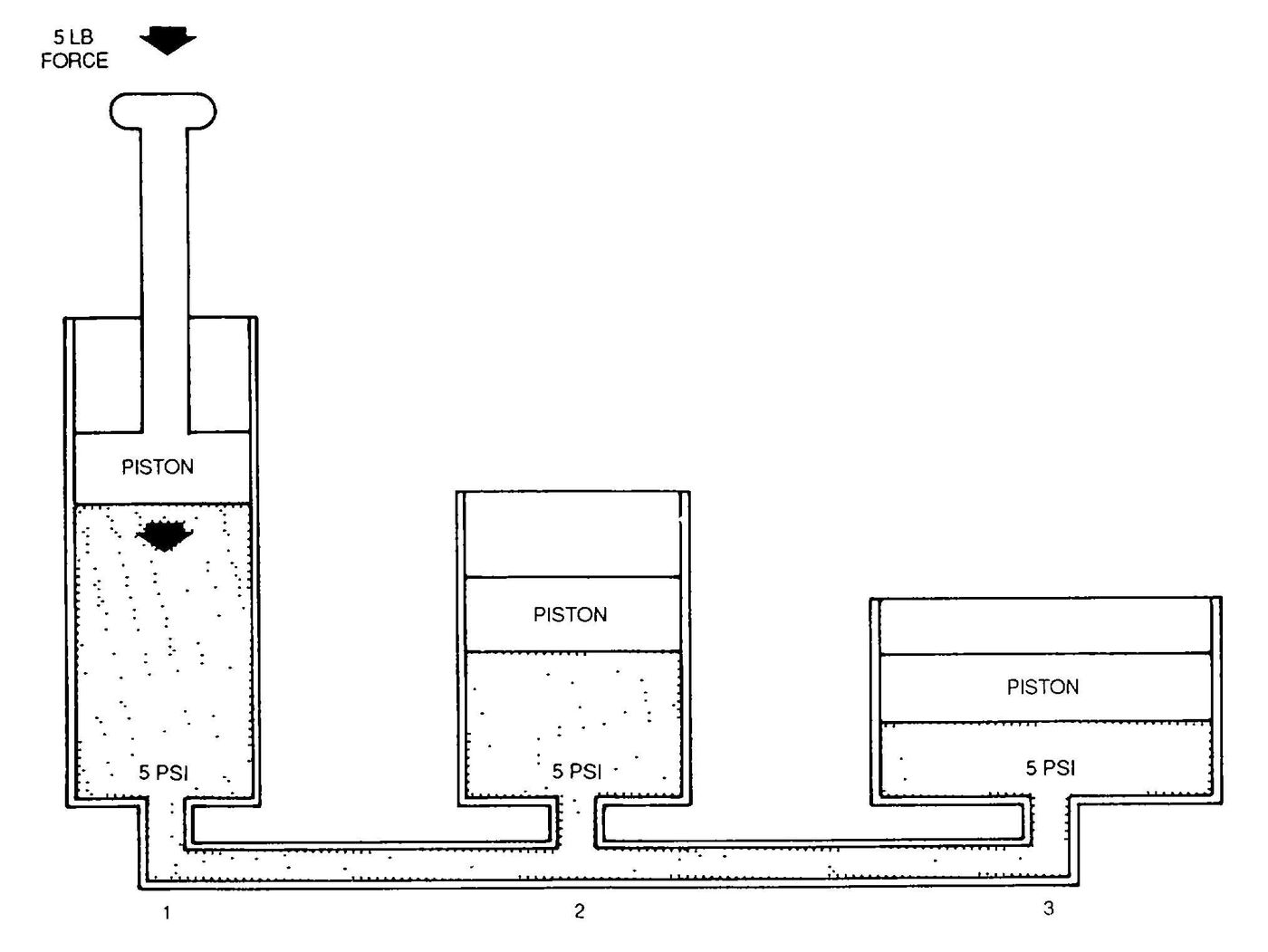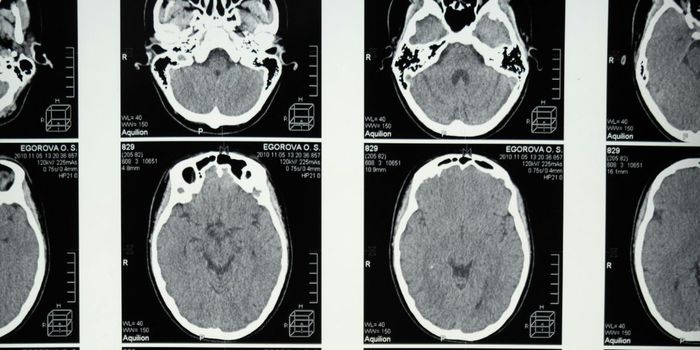Hydraulic Forces Support the Heartbeat
Liquids harness the power to exert pressure on an area, and this pressure is defined as hydraulic force. A new study from the Karolinska Institutet and the KTH Royal Institute of Technology in Sweden explored the role of hydraulic forces in the heart, finding that this pressure is responsible for filling the heart with blood during every beat.
The image above illustrates the mechanical advantage of hydraulic force that can be explained as the ratio between two pistons with regard to area. Note the difference in area between the two pistons. This difference in size is the means by which mechanical advantage isobtained when a 50-pound force is applied to the small pistons.
A protein, called titin, that exists in cardiomyocytes, or heart muscle cells, releases elastic energy that powers diastole, but new research suggests that hydraulic forces play an equally important role. These forces are affected by blood pressure changes and size differences among the heart’s chambers. The shape of the heart subsequently controls the strength of the forces exerted during each heart beat.
During diastole, the process of blood flowing into the ventricles via a valve connected to the atria, hydraulic forces facilitate flow from a smaller atrium to a larger ventricle. Once the valve between the two heart chambers opens, blood pressure between them becomes stable and equal, and hydraulic forces guides blood into the ventricle, simply because the ventricle is bigger than the atrium.
Many cases of heart failure, where the heart muscle is for whatever reason unable to deliver blood to the body’s various organs and tissues, arise due to diastolic problems, often due to an enlarged atrium. Making the atrium smaller with medical intervention could give hydraulic forces a boost and improve blood flow into the ventricles during diastole.
Researchers from the new study, published in the journal Scientific Reports, used cardiovascular magnetic resonance (CMR) imaging to measure the size of both the atria and the ventricles during diastole in healthy patients, finding as expected that the atrium is smaller than the ventricle throughout diastole.
"Although this might seem simple and obvious, the impact of the hydraulic force on the heart's filling pattern has been overlooked," said Dr. Martin Ugander from the Karolinska Institutet. "Our observation is exciting since it can lead to new types of therapies for heart failure involving trying to reduce the size of the atrium."
Source: Karolinska Institutet









